
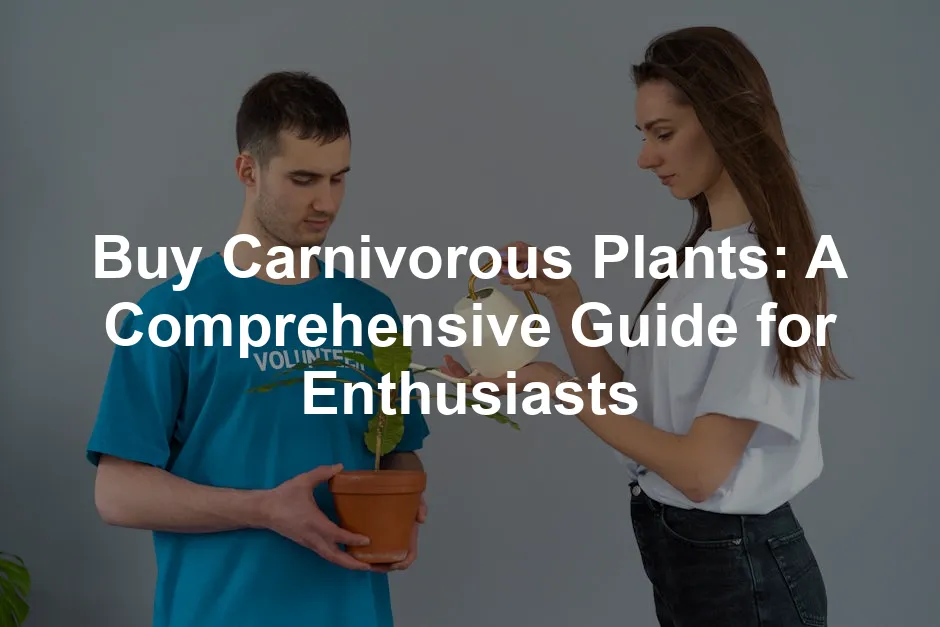
Buy Carnivorous Plants: A Comprehensive Guide for Enthusiasts
Introduction
Are you intrigued by the captivating world of carnivorous plants? These botanical wonders are not just beautiful; they also serve a practical purpose. They act as natural pest control, making them an excellent choice for any garden. This article will guide you on where and how to buy carnivorous plants for your home.
Carnivorous plants are a great way to maintain a pest-free environment in your garden. natural pest control methods for organic gardens can enhance your gardening experience.
Summary and Overview
Carnivorous plants are unique species that have adapted to nutrient-poor environments by capturing and digesting insects. They play a vital role in their ecosystems, helping to control insect populations. Popular types include Venus Flytraps, Pitcher Plants, and Sundews. These plants have gained immense popularity among hobbyists and collectors for their striking appearances and fascinating behaviors.
You can grow these plants indoors or outdoors, depending on your space and climate. They make for stunning decor while also providing a natural way to keep pests at bay. Owning carnivorous plants can be a rewarding experience, enhancing your home and garden’s aesthetic while keeping unwanted pests in check.
Speaking of aesthetics, why not add a touch of whimsy to your space with some Botanical Print Wall Art? It’s a perfect way to celebrate the beauty of nature while your carnivorous friends do their pest-eating magic!
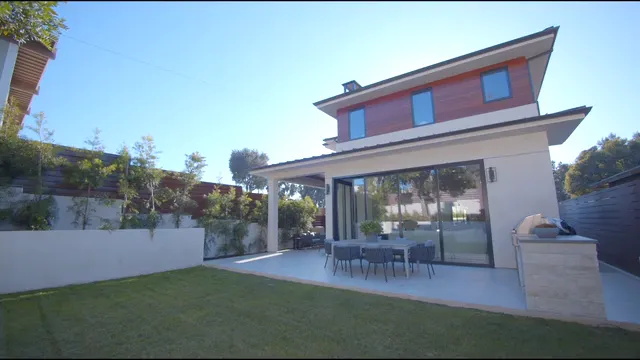
Understanding Carnivorous Plants
What Are Carnivorous Plants?
Carnivorous plants are fascinating organisms that thrive in nutrient-deficient environments. They have evolved unique adaptations that allow them to capture prey, primarily insects. These plants are found in various geographical regions, often in wetlands and bogs. Their trapping mechanisms include sticky surfaces, snap traps, and pitfall traps, showcasing the incredible diversity of plant adaptations. You might also hear them referred to as insect-eating plants or botanical curiosities.
Types of Carnivorous Plants
Carnivorous plants come in various intriguing forms, each with unique trapping mechanisms. Let’s look at some of the most popular types.
Venus Flytrap (Dionaea muscipula)
The Venus Flytrap is perhaps the most recognizable carnivorous plant. Its iconic jaw-like traps snap shut when prey touches tiny hairs inside. This quick action captures insects, which are then digested over several days. If you’re ready to bring one home, check out this Venus Flytrap available on Amazon!
Pitcher Plants (Sarracenia, Nepenthes)
These plants feature tubular structures filled with digestive liquid. Insects are drawn in by sweet nectar and slip into the liquid, where they drown. Sarracenia, known as North American pitcher plants, grow upright, while Nepenthes, or tropical pitcher plants, have hanging pitchers. For more information about these fascinating plants, check out our article on pitcher plants.
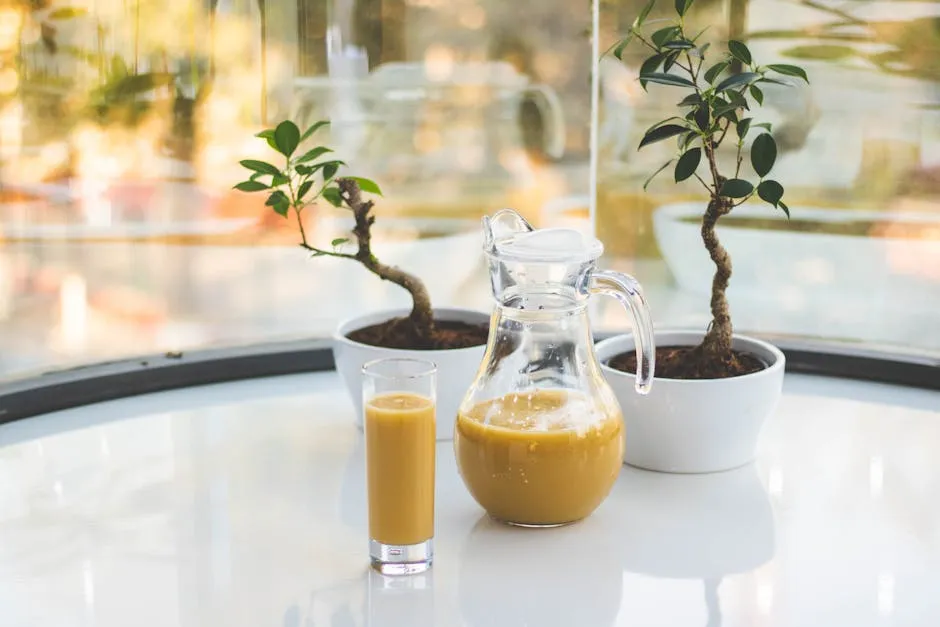
Understanding the different types of carnivorous plants can enhance your gardening knowledge. Explore pitcher plants and their unique adaptations.
Sundews (Drosera)
Sundews are covered in glandular hairs that secrete a sticky substance. This dew attracts insects and ensnares them upon contact. The plant then absorbs nutrients from its prey, showcasing a fascinating adaptation for survival. If you’re looking to add some sparkle to your collection, consider purchasing a Sundew from Amazon!
Butterworts (Pinguicula)
Butterworts have flat, sticky leaves that trap insects. Once caught, the plant secretes enzymes to digest its meal. Their subtle beauty and effective trapping make them a favorite among collectors. You can find these beauties online, such as this Butterwort option!
Each type of carnivorous plant showcases a remarkable strategy for nutrient acquisition, allowing them to thrive in environments where soil nutrients are scarce. Whether you’re drawn to the dramatic snap of the Venus Flytrap or the elegance of sundews, there’s a carnivorous plant for everyone.

Local Nurseries and Botanical Gardens
When considering where to buy carnivorous plants, local nurseries and botanical gardens are excellent options. One major benefit is the ability to inspect plants before purchasing. You can check their health and vibrant colors, ensuring you select the best specimens. This personal interaction often leads to a better understanding of the plant’s needs.
Additionally, many botanical gardens host specialty sales or events centered around carnivorous plants. These occasions provide a unique opportunity to discover rare varieties that you might not find elsewhere. Local experts are often present to share valuable care tips and answer any questions you might have. Plus, by buying locally, you support your community and reduce shipping impacts on the environment. So, next time you consider adding a carnivorous plant to your collection, visit your neighborhood nursery or botanical garden for a delightful experience.
Care Tips for Carnivorous Plants
Essential Care Guidelines
Caring for carnivorous plants requires specific attention to their unique needs. First, watering is critical. Use distilled water only, as tap water can harm these sensitive plants due to its mineral content. Keep the soil consistently moist but not soggy. For ease, check out this Distilled Water available on Amazon!
Light is another important factor. Most carnivorous plants thrive in bright, indirect sunlight. Place them near a window where they can soak up the light without being scorched. If you notice the leaves stretching out, it may be a sign they need more light. You might want to consider using Grow Lights to supplement their light requirements!

Soil is equally essential. Carnivorous plants prefer nutrient-poor, acidic soil. A mix designed specifically for these plants ensures they receive the right nutrients without excess. Regularly check the soil’s moisture level and avoid over-fertilizing, which can lead to unhealthy growth.
Lastly, maintain humidity levels. These plants often thrive in humid environments, so consider using a humidity tray or misting them regularly. A great Humidity Tray can really help maintain the right conditions!
Common Challenges and Solutions
Owning carnivorous plants can be thrilling, but it comes with its share of challenges. Let’s look at some common issues and how to tackle them effectively.
One major problem is overfeeding. Many novice owners mistakenly believe that these plants need constant feeding. In reality, they thrive on insects that naturally come their way. Overfeeding can lead to trap damage and rot. Always remember, less is more when it comes to feeding.
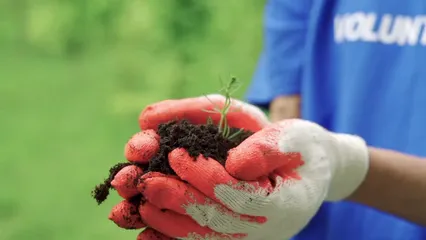
Humidity levels also pose a challenge. Carnivorous plants often require high humidity to flourish. If you live in a dry climate, consider using a humidity dome or a terrarium. Misting the plants can help, too. Aim for a humidity level of around 60-80%. A Terrarium can create the ideal microclimate for your plants!
Another issue is improper watering. Using tap water can harm your plants due to chemicals and minerals. Always opt for distilled or rainwater. Additionally, keep the soil moist but not soggy. A good rule of thumb is to water when the top inch feels dry.
Lastly, light can be a tricky factor. Most carnivorous plants enjoy bright, indirect sunlight. If you notice your plants stretching or leaning, they might need more light. Consider placing them near a window or using grow lights if needed.
By addressing these common challenges with practical solutions, you can create a thriving environment for your carnivorous plants. Happy growing!
Buying Considerations
Factors to Consider When Purchasing
When buying carnivorous plants, several factors come into play. First, always check the plant’s health. Look for vibrant colors and signs of growth. A healthy plant will show no signs of wilting or discoloration.
Size matters too. Depending on your space, decide whether you want a small plant or a larger specimen. Larger plants may be more impressive but can require more care and resources.
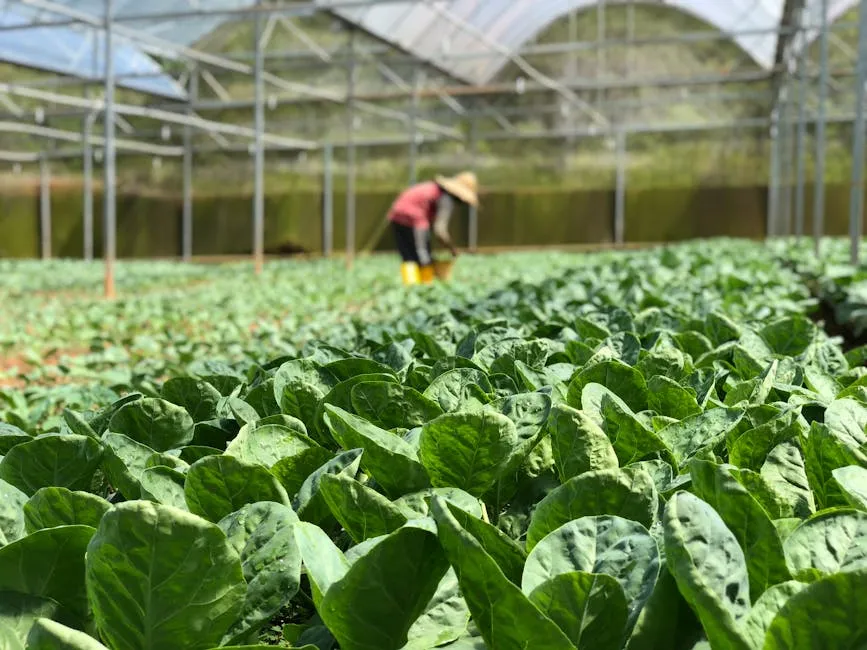
Potting conditions are crucial as well. Ensure the plant is potted in appropriate soil, which should be nutrient-poor and acidic. This is vital for their health and growth. Poor potting can hinder the plant’s ability to thrive.
Shipping options and costs should also be considered. Some retailers offer free shipping over a certain amount, while others charge separately. Always factor in shipping times, especially if you’re ordering a rare variety. Don’t forget to check out this Plant Pot with Drainage for your new plants!

By keeping these factors in mind, you can make an informed decision when purchasing your next carnivorous plant. Enjoy your shopping experience!
Pricing and Budgeting
When considering the purchase of carnivorous plants, it’s important to know the price ranges for different varieties. Venus Flytraps typically range from $10 to $20, depending on size and type. Pitcher plants like Nepenthes and Sarracenia can vary widely, often priced between $15 and $40. Sundews and butterworts generally fall within the $5 to $15 range, making them accessible options for beginners.
In addition to the plants themselves, factor in potential extra costs for soil, pots, and care supplies. Specialized soil, crucial for these unique plants, costs around $5 to $10 per bag. Pots can range from $2 to $10, depending on size and material. Don’t forget about essential care supplies such as distilled water and humidity trays, which could add another $10 to $20 to your budget.

Overall, starting a carnivorous plant collection can be relatively affordable, especially if you choose smaller plants and basic supplies. Just remember to allocate a bit more for any specialty items that may enhance your plants’ environment and care. This investment not only beautifies your space but also creates a lively conversation starter.
Please let us know what you think about our content by leaving a comment down below!
Thank you for reading till here 🙂
All images from Pexels



